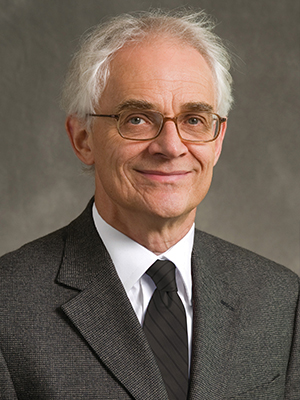Abstract
We present a 2-country model with heterogeneous agents in which changes in a country’s monetary policy affect real interest rates, relative prices of traded and nontraded goods and real exchange rates. Nontransitory real effects of monetary policy stem solely from a friction (country-specific reserve requirements) that generates separate demands for a country’s money and bonds. Without violating the classical assumptions of individual rationality and flexible prices, the model’s implications seem qualitatively in accord with the U.S. experience of the 1980s: a monetary policy tightening leading to a rise in the real interest rate and to an initial rise in the real value of the dollar which is subsequently reversed. In the model a monetary policy change leads to different welfare effects for agents born at different times, living in different countries, or participating on different sides of a market. The welfare of some agents can be affected more by relative price changes than by real interest rate changes.





